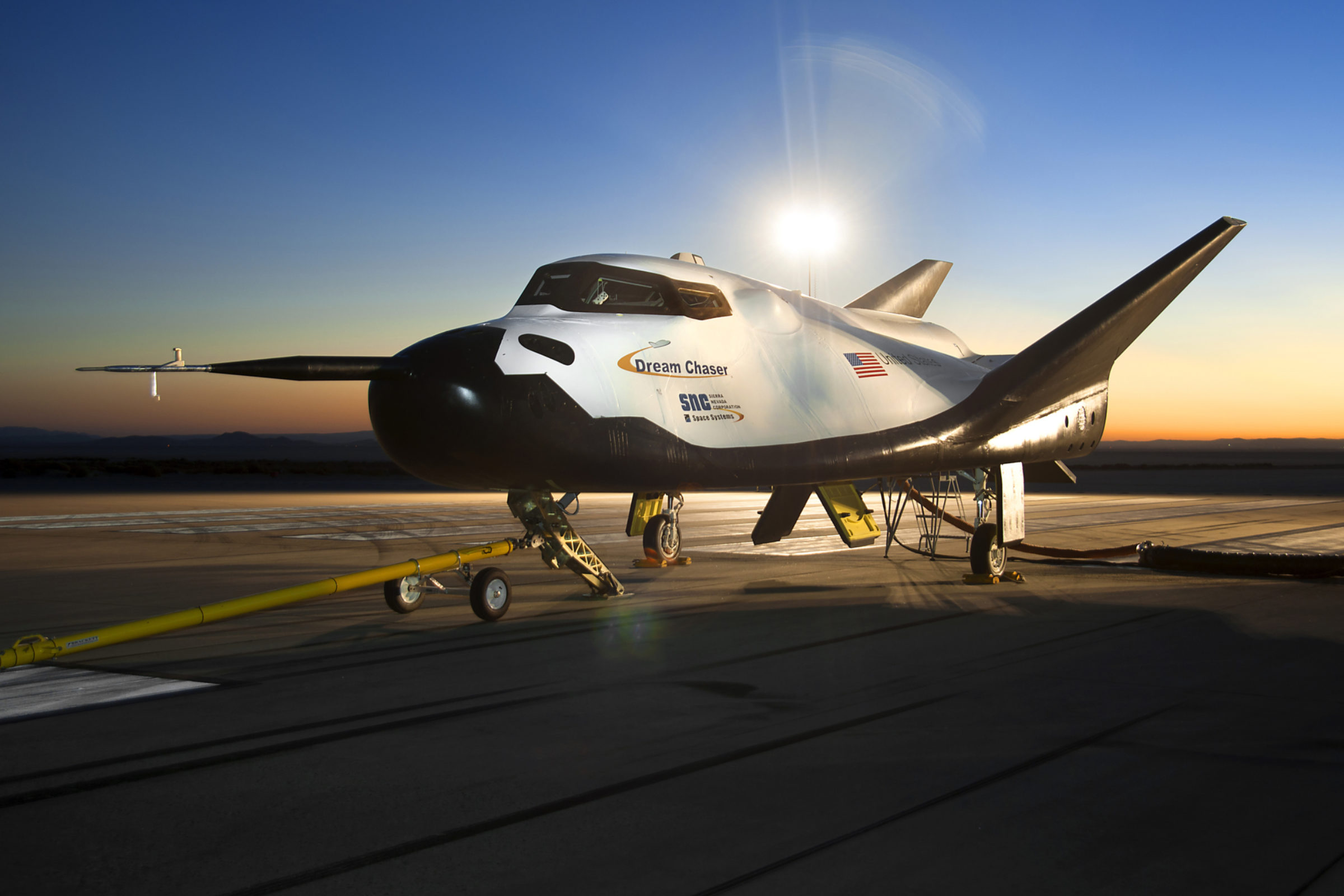Jason Davis • Sep 12, 2014
An Updated List of NASA's Commercial Crew Partner Milestones
Sometime this month, NASA is expected to announce which private spaceflight company (or companies) will ferry astronauts to the International Space Station. Since the retirement of the space shuttle in 2011, the United States has been booking rides on Russian Soyuz flights, and that's expected to continue through 2017. But NASA's commercial spaceflight program is making steady progress. SpaceX and Orbital Sciences Corporation are already making regular ISS supply runs, and SpaceX's Dragon capsule is capable of returning cargo and experiments to Earth.
This phase of the selection process is called Commercial Crew integrated Capability, or CCiCap. It kicked off in 2012. The three contending spacecraft are Boeing's CST-100 capsule, SpaceX's Dragon Version 2 capsule and Sierra Nevada Corporation's Dream Chaser space plane. Both the CST-100 and Dream Chaser launch on top of an Atlas V rocket, which currently uses a Russian-built RD-180 engine. SpaceX's Dragon launches on a Falcon 9.
Since most of us aren't privy to NASA's behind-the-scenes decision making process, I thought it would be helpful to take a look at each company's CCiCap milestones. All three companies received fixed-price funding awards tied to a series of progress milestones. When a company completes a milestone, it earns another portion of its award.
Finding an up-to-date list of these milestones is surprisingly difficult, so I created my own. The data for my list come from NASA's Return on Investment Reports, Space Act Agreement amendments, press releases, and NASA email correspondence. My list also includes SpaceX's new milestones, 13A through 13D, as well as the new due dates for SpaceX and Sierra Nevada.
I plotted out the percentage of milestones each company has completed over the duration of CCiCap. Boeing has finished their milestones, Sierra Nevada has completed 85 percent and SpaceX has completed 70 percent.
Finally, I calculated the percentage of total funding that each milestone represents, and plotted cumulative funding percentages over time. Boeing has earned all of its funding, Sierra Nevada has captured 92 percent, and SpaceX has earned 78 percent.
From a quantitative standpoint, Boeing is the leader. Since the first quarter of 2013, the company has been ahead in percentage of milestones completed and percentage of funding awarded. Plus, there's the simple fact that they've finished all of their milestones, while SpaceX and Sierra Nevada asked for extensions. But from a qualitative standpoint, things are less straightforward. SpaceX has already proven they can fly missions to the ISS. And they're the only CCiCap participant with a pad abort test and an in-flight abort test among their milestones.
For NASA, it's a tough decision fraught with political peril. There are big ramifications for all three competitors—probably more so for less-established SpaceX and Sierra Nevada. The American flag left aboard the station by the crew of STS-135 awaits the winner.

Let’s Go Beyond The Horizon
Every success in space exploration is the result of the community of space enthusiasts, like you, who believe it is important. You can help usher in the next great era of space exploration with your gift today.
Donate Today

 Explore Worlds
Explore Worlds Find Life
Find Life Defend Earth
Defend Earth



